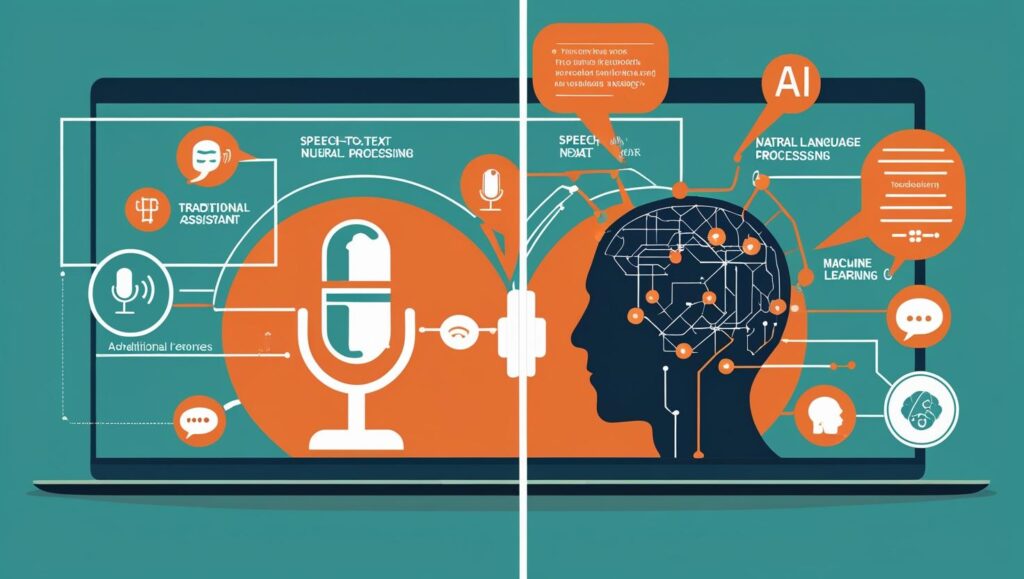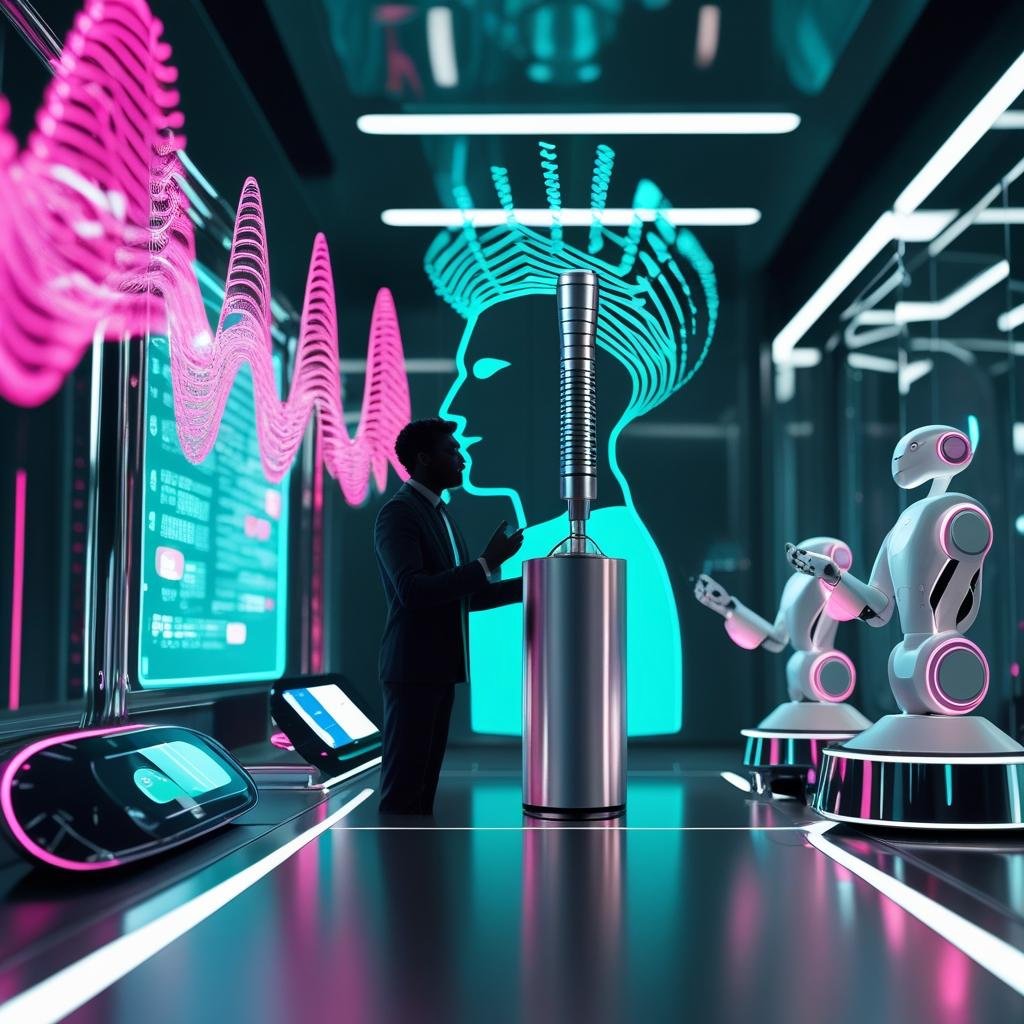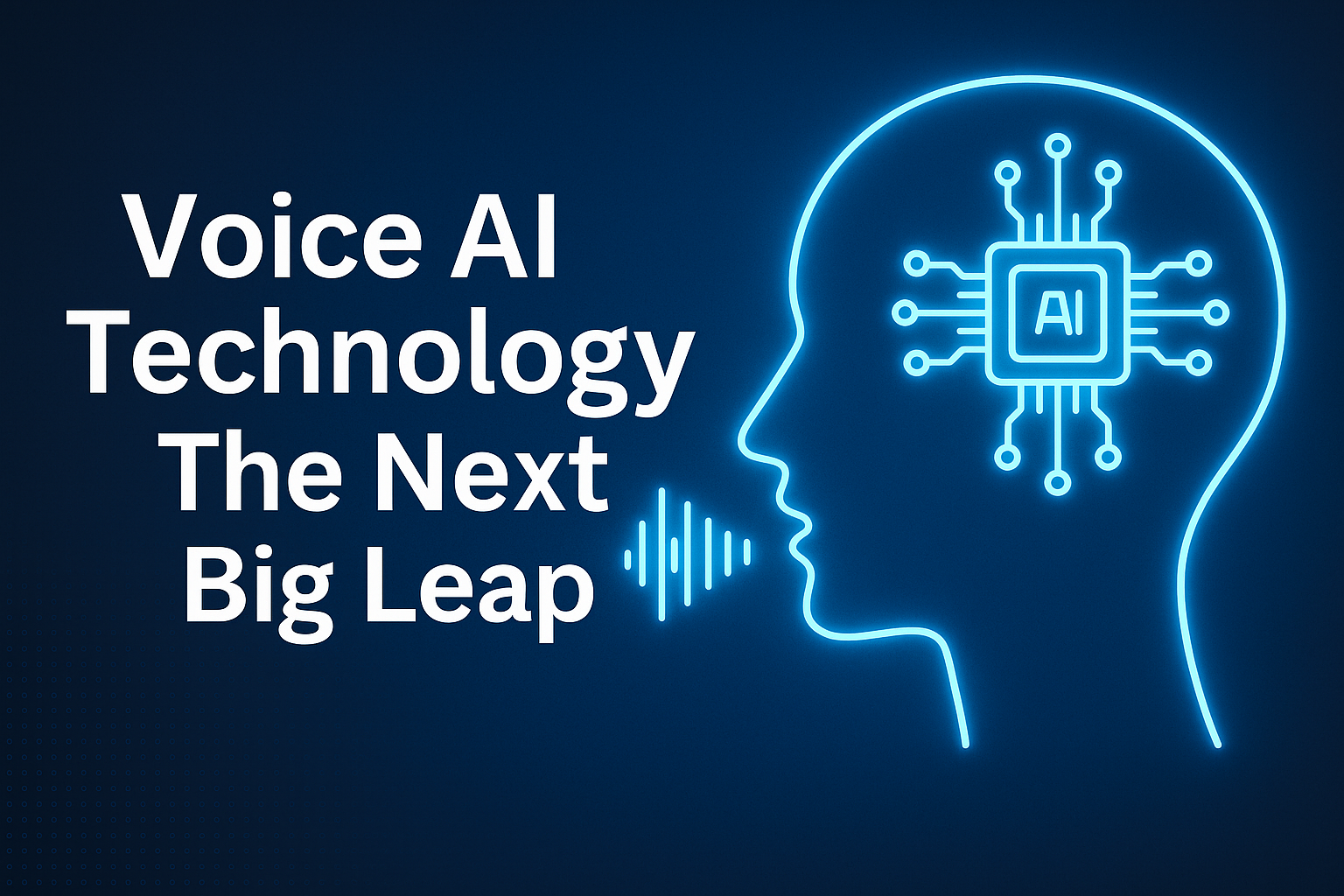In today’s fast-evolving digital world, Voice AI Technology is revolutionizing how we interact with devices. From voice assistants in smartphones to smart speakers controlling our homes, this next big leap in AI is reshaping the landscape of communication. But what exactly is Voice AI, how does it work, and why is it being called the future of human-machine interaction?
Let’s dive into a detailed look at this transformative technology and understand why it’s becoming an integral part of our daily lives.
What is Voice AI Technology?
Voice AI Technology refers to the integration of artificial intelligence with voice-based systems that allow machines to understand, interpret, and respond to human speech. It combines technologies like speech recognition, natural language processing (NLP), and machine learning to create seamless voice-driven experiences.

This innovation is no longer limited to science fiction. We now talk to AI voice assistants like Siri, Alexa, and Google Assistant daily, and they respond in increasingly natural and context-aware ways.
How Does Voice AI Technology Work?
The functioning of Voice AI Technology involves several advanced components working together:
- Speech Recognition: Converts spoken words into text.
- Natural Language Processing: Analyzes the meaning and context of the spoken input.
- Machine Learning: Helps the system learn from user behavior and improve over time.
- Text-to-Speech: Converts AI-generated responses back into speech.
This end-to-end system enables machines to not only understand commands but also hold full conversations with users—making voice interaction smoother and more intuitive.
Real-World Applications of Voice AI Technology
The rise of Voice AI Technology has opened doors to countless practical applications, such as:
- Smart Home Devices: Voice-controlled devices like Amazon Echo or Google Nest.
- Healthcare: AI voice assistants helping doctors with notes and patient data.
- Customer Service: Automated voice bots resolving user queries 24/7.
- Automotive: Hands-free navigation and infotainment systems.
- Education: Interactive learning through voice-based tutoring.
These applications show how deeply Voice AI is embedded into our daily routines.
Benefits of Voice AI Technology
The widespread adoption of Voice AI Technology is due to its multiple benefits:
- Hands-Free Convenience: Perfect for multitasking and accessibility.
- Faster Input: Speaking is quicker than typing, enhancing efficiency.
- Personalized Experience: Systems learn user preferences over time.
- Increased Accessibility: Helps visually impaired and elderly users interact with tech.
- Seamless Integration: Works across devices—from phones to TVs to appliances.

Challenges and Limitations
Despite its rapid growth, Voice AI Technology still faces a few challenges:
- Accents and Language Diversity: Voice systems sometimes struggle with different dialects.
- Privacy Concerns: Continuous listening raises data security questions.
- Noise Sensitivity: Background sounds can affect recognition accuracy.
- Dependency Risk: Over-reliance on automation may reduce critical thinking.These concerns must be addressed for broader adoption and trust.
The Future of Voice AI Technology
The future of Voice AI Technology is nothing short of exciting. Advancements in neural networks and deep learning are making systems smarter and more human-like Here’s what we can expect:
- More Natural Conversations: Voice assistants that understand emotions and tone.
- Multilingual Capabilities: Fluid switching between languages in real-time.
- Voice Biometrics: Personalized authentication through voice.
- Expanded Ecosystem: Integration into more devices, from cars to wearables.
According to OpenAI, future models may even be able to simulate unique personalities and voices, making AI feel like a true digital companion.

Why Voice AI Technology Is the Next Big Leap
In a world increasingly driven by automation and instant access, Voice AI Technology stands at the forefront of a new communication era. Its ability to bring natural, efficient, and accessible interaction between humans and machines makes it one of the most impactful innovations of our time.
From improving daily convenience to enabling smarter workplaces and homes, the future of AI communication lies in our voices.
Final Thoughts: Ready to Embrace the Voice Revolution?
As Voice AI Technology continues to evolve, businesses, developers, and individuals must prepare to adopt and adapt. Whether you’re a tech enthusiast or a brand looking to optimize customer experience, now is the time to explore what voice-driven AI can do for youStart integrating voice into your digital strategy—because the future is not just talking, it’s listening.

